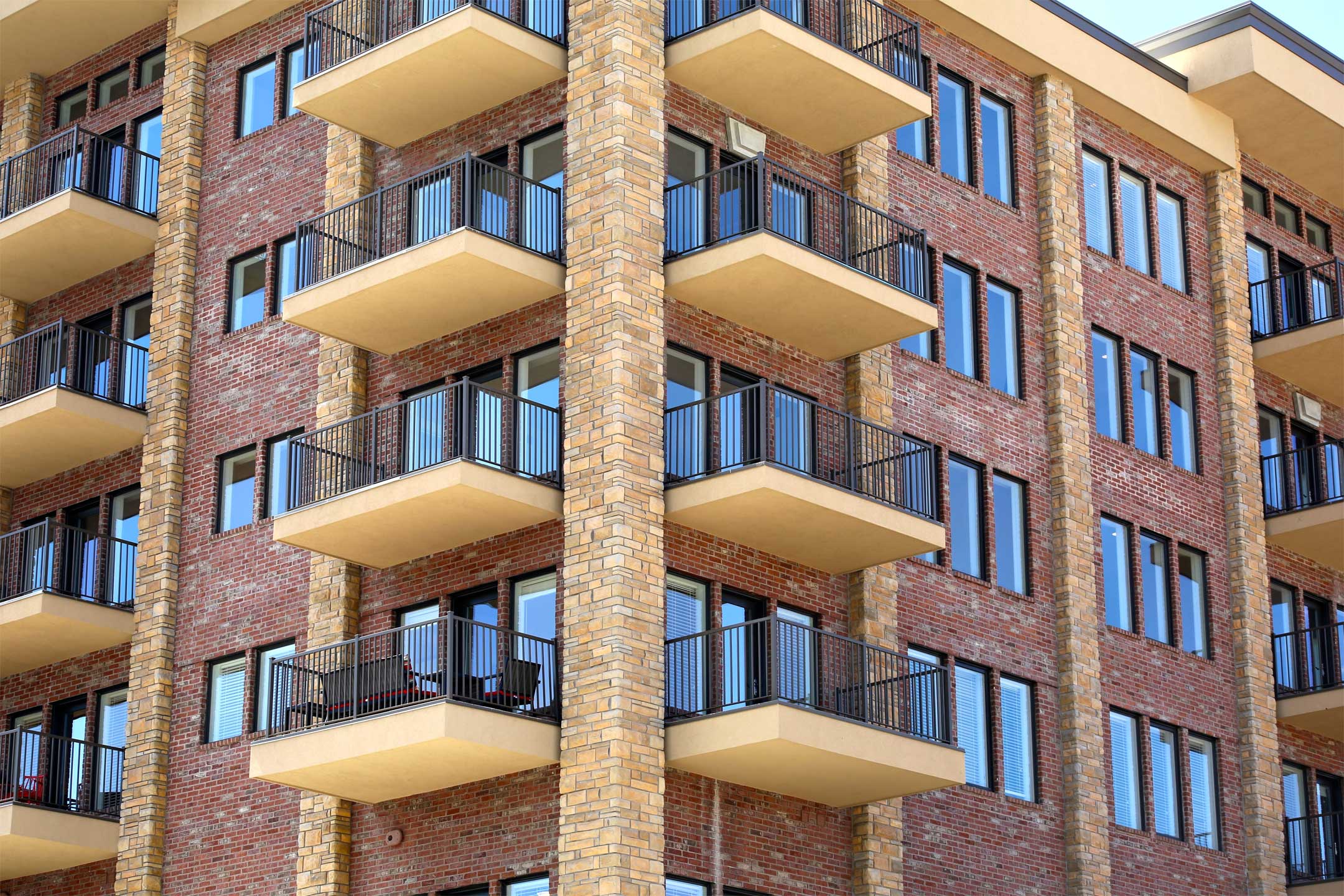
02 May Rethinking Apartment Design for Families
Research into unit layouts reveals most are designed to meet the needs of developers rather than residents.
In the bustling cityscape of Sydney, the rise of apartment living has become a popular choice for families seeking urban convenience. However, a recent study led by UNSW Sydney sheds light on a crucial mismatch between apartment design and the needs of families, revealing that many new units are crafted with developers’ interests in mind rather than the residents who call them home.
Professor Philip Oldfield, Head of the School of Built Environment at UNSW Arts, Design & Architecture, underscores the significance of this issue, stating, “We know that good-quality, well-designed apartments can make excellent homes for families with children. And while more families are making apartments their homes, too few are being designed with their needs in mind.”
Spatial preferences of developers and families
The research, published in Australian Geographer, unveils a dominant trend of one and two-bedroom apartments saturating the market, comprising 81% of new offerings. These standard layouts, often devoid of essential features like inner corridors or flexible spaces, fall short of meeting the diverse requirements of families.
Through interviews with families residing in apartments, the study exposes common frustrations with cramped living conditions and inadequate layouts. Parents express varying needs based on their children’s ages, from desiring closer proximity for supervision to seeking privacy for older kids.
Architects and developers also acknowledge the pressure to adhere to standardized designs dictated by cost-efficiency and market appeal to investors. However, this emphasis on profit-driven layouts neglects the evolving lifestyles of families who choose apartment living.
Flexible layouts are a win-win
In response, the researchers propose a transformative solution: flexible apartment layouts enabled by movable internal walls and adaptable furniture. These innovations empower families to customize their living spaces over time, accommodating changing needs as children grow.
Moreover, policy recommendations suggest incentivizing developers to prioritize family-friendly designs, aligning apartment construction with the evolving demographics of urban dwellers.
The essence of this research is clear: apartment living should evolve to embrace the needs of families, offering not just shelter but true homes that nurture and support diverse lifestyles. By reimagining apartment design, we can unlock a new era of urban living that celebrates family life amidst the vibrancy of Sydney’s skyline. It’s time for our living spaces to reflect the families who inhabit them, fostering a sense of belonging and functionality in every square meter.
This study serves as a clarion call to architects, developers, and policymakers alike—a call to embrace flexibility, innovation, and empathy in crafting the next generation of family-friendly apartments. Together, we can transform urban landscapes into vibrant communities where every family finds a place to call their own.

